As summer comes, we gardeners are all excited about our cool-weather harvest and even more excited to put in the ground the seedlings and seeds of warm-weather crops to grow, care for, and harvest in summer and fall. Look at some of the most popular home-garden vegetables and fruit to grow in summer!
The most popular warm-weather crops you can plant and grow in summer are sweet potatoes, zucchini and summer squash, cucumbers, melons, pumpkins, tomatoes, peppers, corn, beans, Swiss chard, summer crisp lettuce, okra, eggplants, sunflowers, and berries.
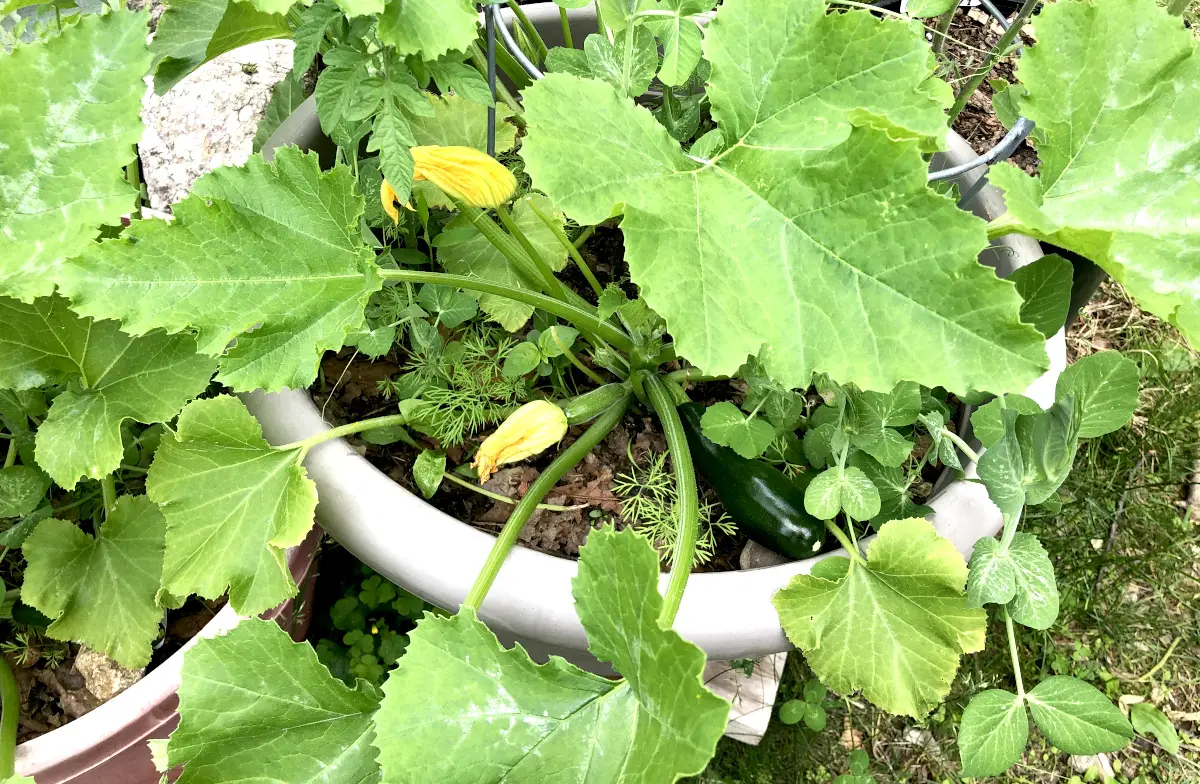
I grow leafy greens the whole season long, especially during summer. I always grow leafy lettuce mix, would recommend this one for warm weather, and Swiss Chard, I grow this one, called Bright Lights. These do not bolt on me and provide our family with fresh, juicy, and crunchy salad till the frost takes them away.
A GOOD READ: When, how to plant Swiss chard with large leaves, no bolting AND When and how to grow lettuce
If you are new to gardening, I recommend starting with summer crips lettuce and leafy mix lettuce that has none of the prone-to-bolt leafy greens. Ensure your summer mix has no spinach, mustard, or arugula in it because these will bolt. Look for heat and warm weather-tolerant mixes. Also, plant Swiss chard as this wonderful and delicious leafy green grows large leaves and does not bolt.
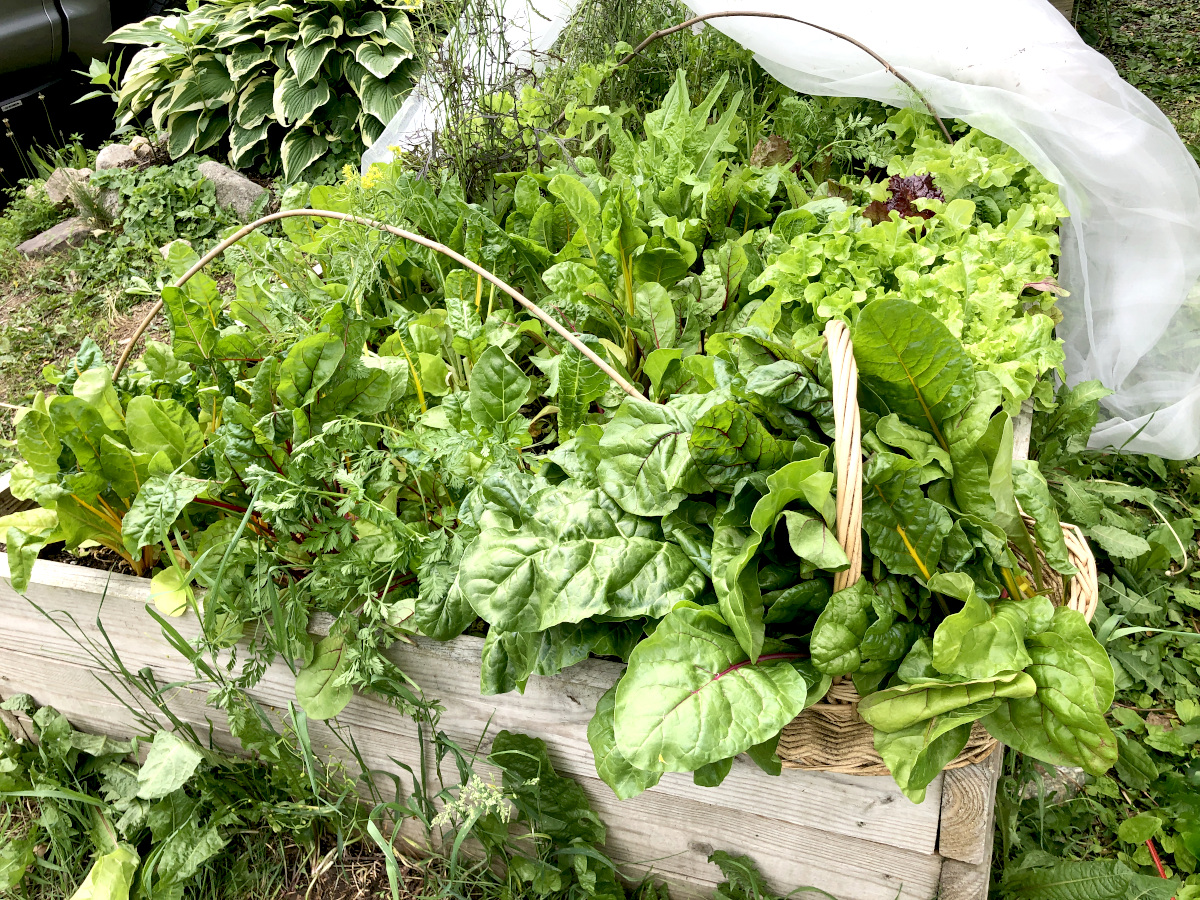
Using cut and come again harvesting method, you will be able to harvest your lettuce and Swiss chard all summer all the way to the end of fall.
What are warm-weather crops?
Warm-weather crops are also called summer crops. Warm-weather crops are vegetables and fruits that grow and thrive best in warm temperatures and over the summer. They are frost tender, meaning they would get damaged or killed by frost, and do not grow well in cool weather. These include sweet potatoes, zucchini and summer squash, cucumbers, melons, pumpkins, tomatoes, peppers, corn, beans, Swiss chard, summer crisp lettuce, okra, eggplants, sunflowers, and berries.
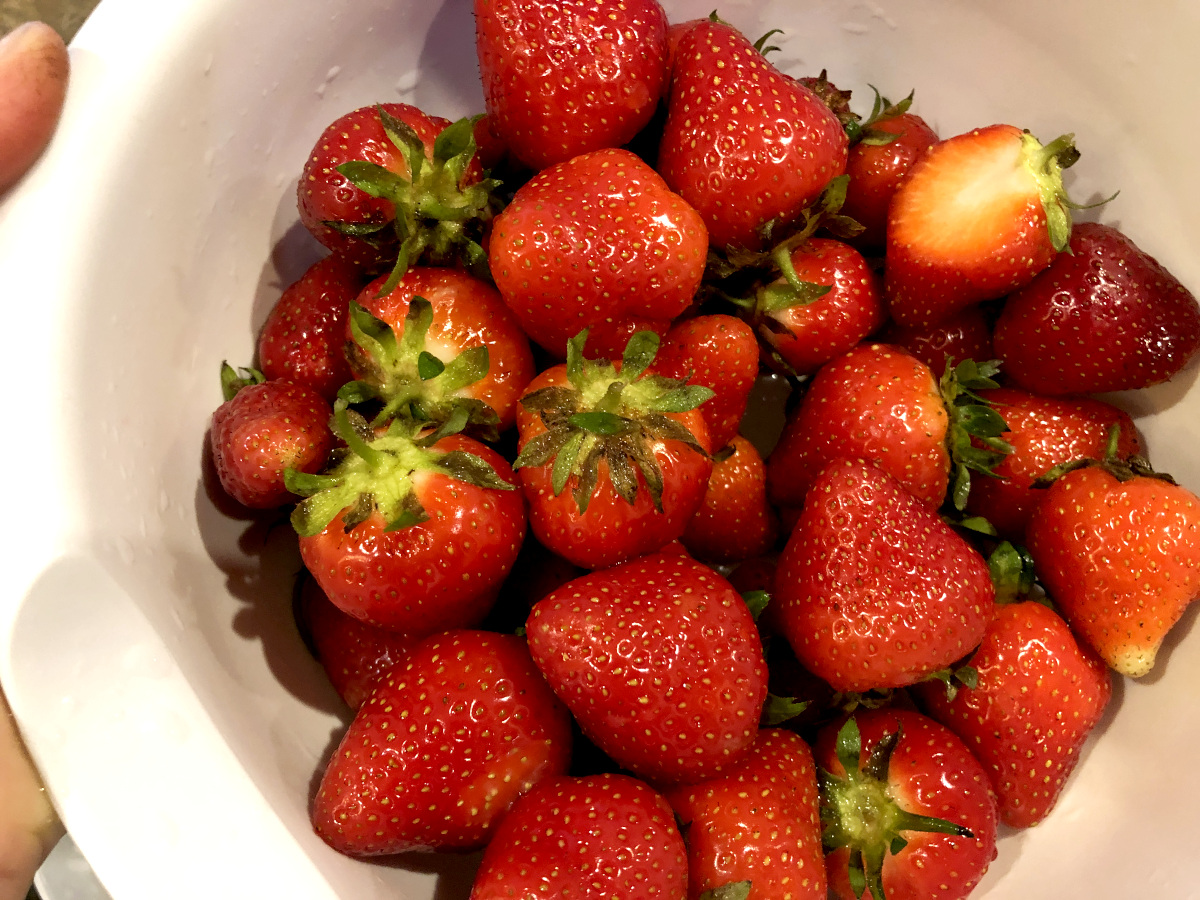
What are cool weather crops vs warm weather crops?
Cool-weather crops grow, mature, and yield best in cool temperatures. These include brassicas like cabbage, broccoli, cauliflower, brussels sprouts, collards, kale, kohlrabi and rutabaga, peas, radishes, turnips, and beets. Leafy greens like lettuce, spinach, arugula, Asian greens, and Swiss chard. Cool-weather crops can withstand light frost and some very hardy ones even hard frost for some time. Warm-weather crops grow, mature, and yield best in warm temperatures and cannot withstand frost. Warm-weather crops include tomatoes, peppers, sweet potatoes, corn, beans, zucchini, summer squash, cucumbers, melons, and pumpkins.
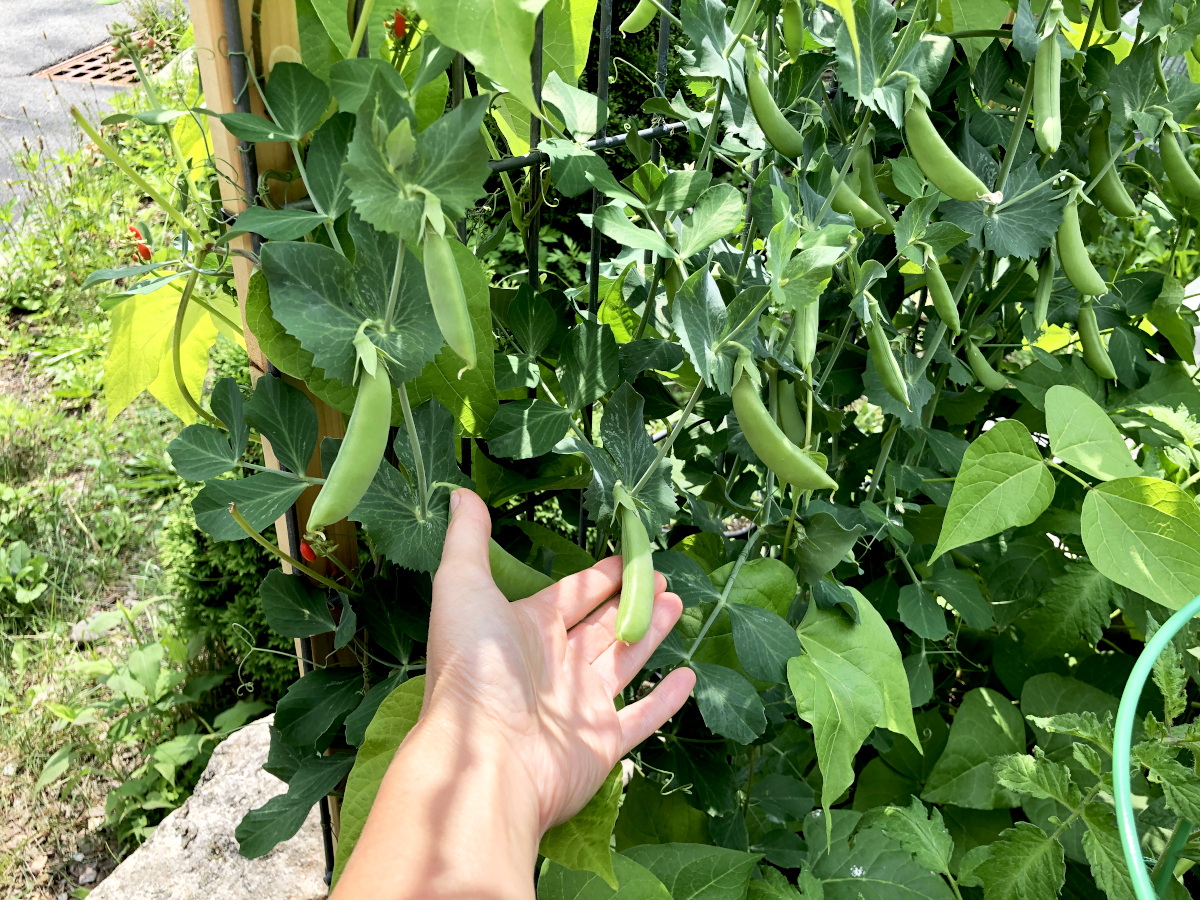
When to plant warm-weather crops
Seeds or seedlings of warm-weather crops should be sowed and planted a couple of weeks after the last frost, when the soil temperatures warmed up, in early spring, late spring, or even year-round, depending on the hardiness zone.
What do hardiness zones mean and how to determine yours
In my zone 6, I sow seeds of warm-weather crops indoors about 4-6 weeks before the last frost. Once the soil warms up, my seedlings are mature, hardened off, and ready to be planted in the ground.
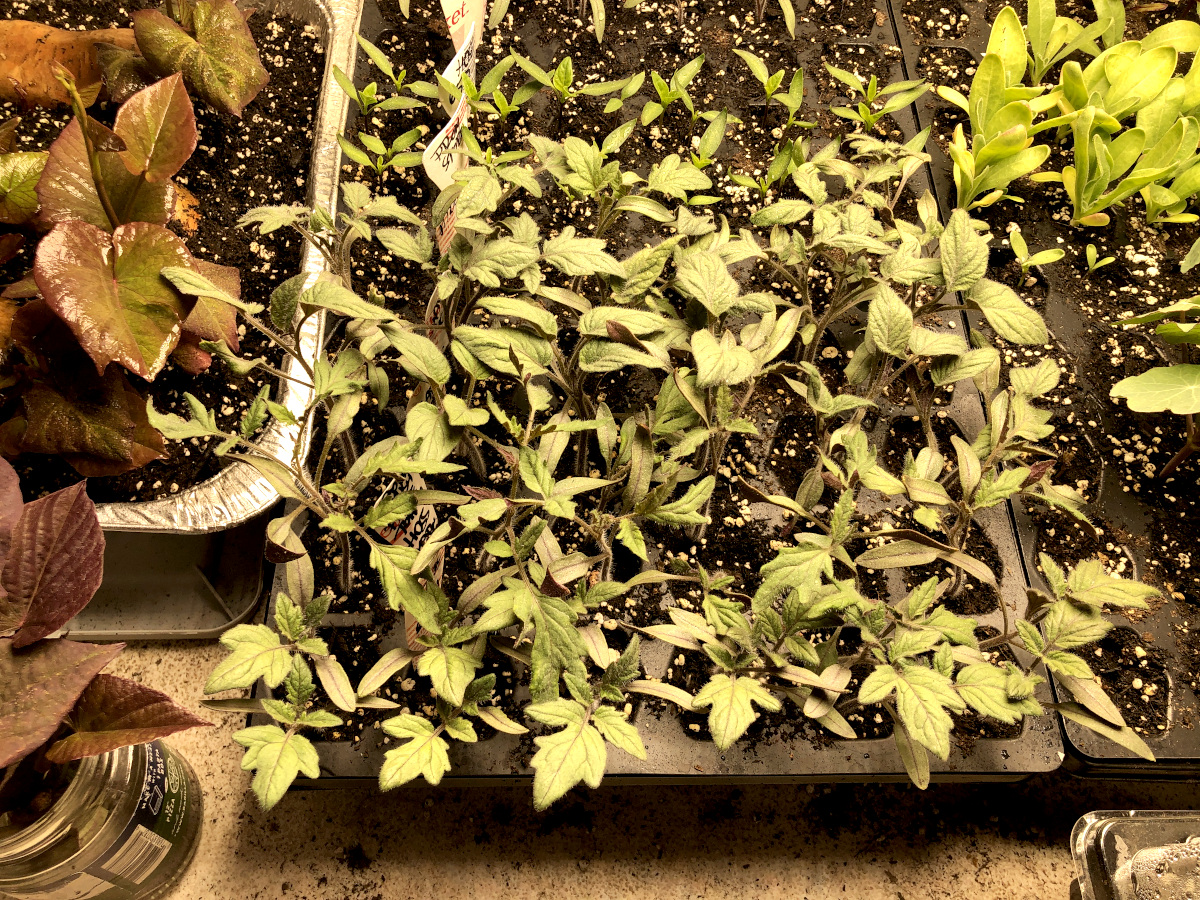
This year, I planted my tomato seedlings about 2 weeks before the last frost date. I took a risk because the past winter was quite warm and there was no frost anymore for weeks. I had my frost covers ready just in case there is a light frost and covered my seedlings only once. I always evaluate the winter, and depending on how predictable the winter was, I sometimes take a risk and plant even before the last frost but am always ready to cover if needed.
TIP: I feel like many home gardeners are focusing more on warm-weather crops and are more familiar with them compared to cool-weather crops. This might not be best, as many gardeners get impatient and complain that they harvest quite late in the growing season. It is because they did not plant cool-weather crops. If you plant cool-weather crops before the last frost, you will harvest way earlier than gardeners who only plant warm-weather crops.
For example, I sowed cool-weather crops indoors on the last day of February and was able to harvest from my garden in May. Today is the middle of June, and I already harvested several pounds of lettuce, herbs, onion tops, broccoli, cauliflower, peas, Swiss chard, and strawberries altogether. All of these but the strawberries were cool crops. I am still harvesting cool-weather crops in June and will continue to harvest them till July. Regarding lettuce and Swiss chard, they could last me the whole season. Have I not sowed cool-weather crops, I would have nothing to harvest yet but strawberries. Therefore, I strongly recommend all home gardeners start their gardens with cool-weather crops and then transition to warm-weather crops as the season progresses and the weather gets warmer, to use the maximum of the growing season.
A GOOD READ: Most popular cool-weather crops for home gardens
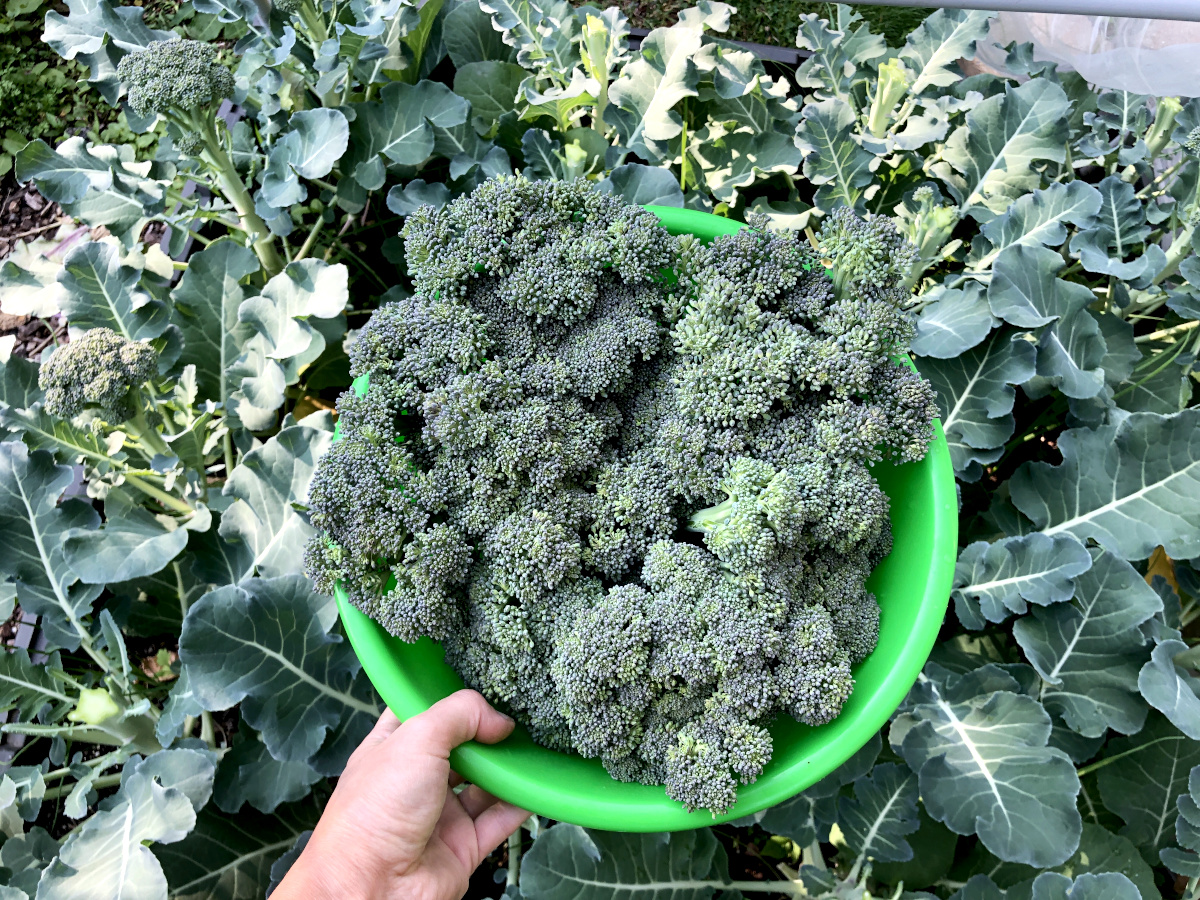
Regarding the warm crops, I only have zucchini and strawberries cropping now, still waiting for other warm crops to bloom and produce.
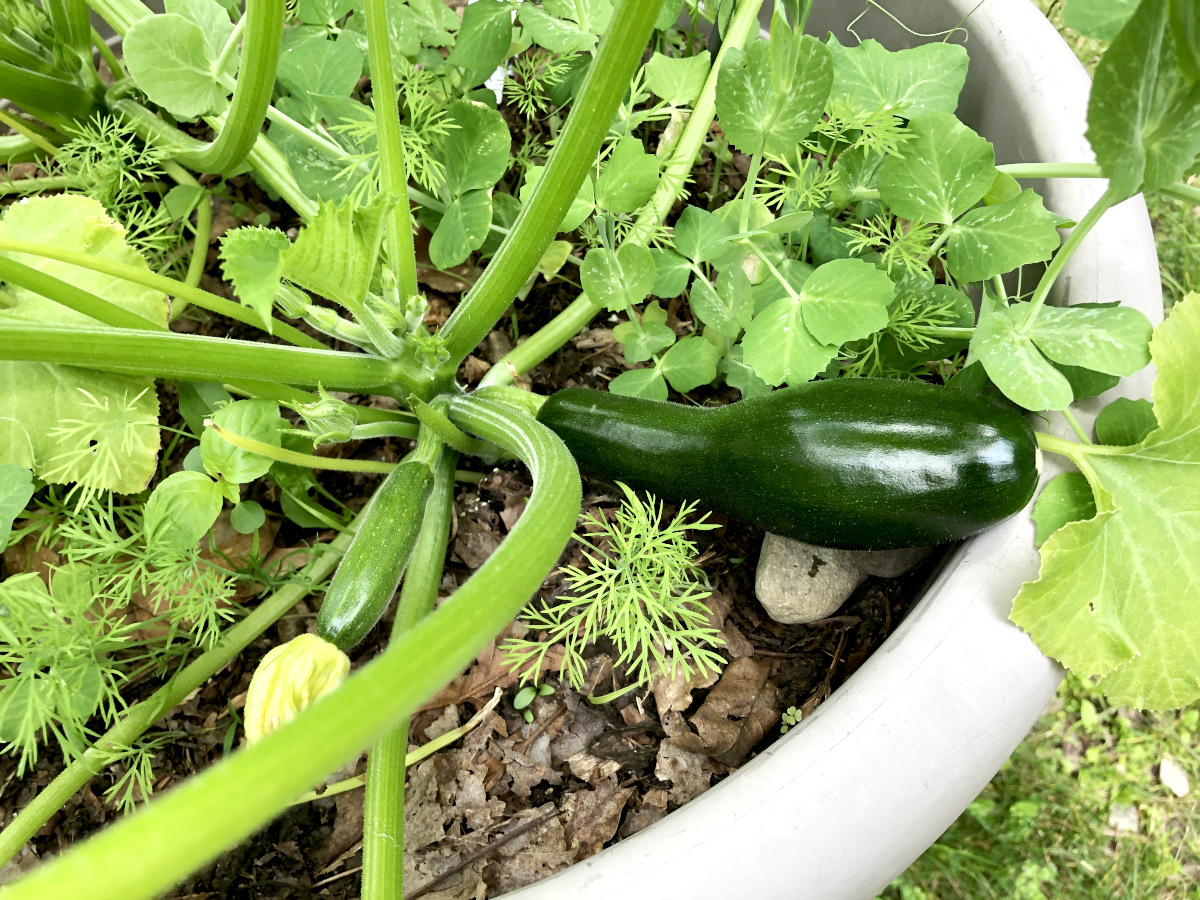
By planting cool-weather crops before the warm-weather crops, you will also be able to harvest sooner than others and will make the most of your growing season. I literary sow way before the last frost and harvest till the hard frost kills everything. Thus, I am making the best out of my growing season, in my zone 6.
Thus, being said, I cannot wait for my warm-weather crops like tomatoes, peppers, sweet potatoes, and more to finally set fruit! Till then, enjoy your green and beautiful gardens the whole summer long!
What to sow and plant in June in zone 6 and 7
When and how to plant, and harvest spaghetti squash successfully

